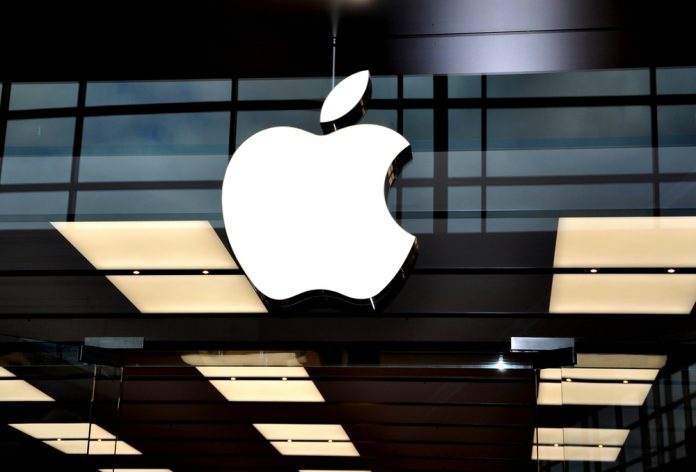Many corporations like to think they have best practice processes already in place. Richard Ilsley of Synogis highlights the top 10 fundamental issues that must be considered with respect to any best practice process.
It is hard to find an organisation that is not using the term ‘best practice’ somewhere within its sales operation. It seems that no matter where you go, someone is talking about it and everyone wants it. But what is it and how do we know when we have it?
A recent survey by The Sales & Marketing Consulting Group suggests that some clarity is required. The survey involved senior managers from a number of different organisations and considered attitudes as well as processes.
Here is the initial question, so please take a moment to answer it yourself. “Is your organisation part of the upper quartile of best practice companies?” The response from the senior managers was that 65 percent of them agreed that their organisation was in the top 25 percent of best practice companies. Clearly there is some need for clarity and objectivity.
This article summarises the main learning in the form of “the best practice top ten fundamentals.”
1. Best practice must be defined
If best practice is to have any meaning it cannot be a vague intangible concept. This means that the company needs to be able to define specifically what it means by ‘best practice’ so that everyone can understand what best practice looks like.
In some cases awkward questions need to be asked. Questions that many people would like to ignore quietly. Questions like “What added value does the customer believe we offer beyond the product?” “What do we have to do to increase the volume while maintaining or reducing the cost of sale?” “What is success and what causes it to happen?”
2. Best practice must be measurable and measured
It is fair to say that if you do not know how to measure best practice then you probably do not have it. Applying a measure forces the company to define exactly what is meant and to recognise that performance may not always live up to the definition.
More than just having a measure is having a realistic view of the current situation along with an objective and plan for development. It is also critical that everyone believes that the objective is achievable.
3. Implementing best practice does not guarantee a performance increase
Implementing the best practice process does not guarantee success, but it can be shown to increase the chance of success.
What tends to happen is that the best practice performers remain as the top performers at about the same level as before. The real gain to the organisation is that the average performance rises. If performance is plotted we tend to get some form of normal distribution. The best practice process will move the average towards better performance.
4. There is no single ‘best practice company’
Best practice is not vested in one company. The generic best practice model that we have developed as a result of this and other work has come about by looking at many corporations. What we find is that different companies are particularly effective at different things. Inevitably companies have stronger and weaker areas.
We also find that companies are in a state of constant flux. People move on, markets evolve, new companies enter, focus shifts, attitudes change. The net result is that the most successful company of today is statistically unlikely to be the most successful company of tomorrow. This fundamental point is closely linked to fundamental five.
5. Success today does not guarantee success tomorrow
The often-told story about the frog in the boiling water is still applicable. The frog, thrown into the boiling water, jumps straight out but remains in the cool water that is steadily heated to boiling point. The frog is not able to detect the slow temperature rise. The market is constantly changing. The most vulnerable companies are those whose managers fail to notice the slow changes around them until it is too late. Yesterday’s best practice is unlikely to be effective today or tomorrow in the same way that today’s best practice must evolve to meet the demands of tomorrow.
To support our view consider the 1982 book In Search of Excellence by Tom Peters and Robert H. Waterman, Jr. that cited 36 companies as “excellent”. Most of those firms subsequently went through very difficult times, failed completely or have under-performed the market. Today’s success does not automatically lead to tomorrow’s success.
6. Talking is not the same as doing
Talking about best practice is not the same as doing it, just as thinkingyou have a best practice approach in place is very different from knowingyou do. This takes us right back to the original question posed in the survey. Do you believe that your company lies within the top 25 percent of best practice companies? The point is of course that believing is not nearly as important as knowing. Knowing implies that best practice is defined and that we can all recognise it going on around us. Knowing involves having something tangible.
7. Having is not the same as using
Similarly, havinga best practice model is very different from usinga best practice model.
A common problem that was identified was one of compliance. We found companies that had invested in revised processes and systems that had been designed with best practice in mind yet were not using the processes. There was a strong degree of comfort on the part of some members of the organisation to continue with the original approach. In some cases the management team did not even regard the new method as being the ‘best practice’. The dilemma that this created was that the most senior management team could not understand why increased performance was not in evidence, unaware that the new processes were not being applied in full.
8. Best practice is not fixed
The best practice model is not fixed but will change as circumstances change and as new learning is gained.
This is similar to fundamental five but recognises that best practice is a constantly evolving concept within the organisation. In other words it is likely that individuals and groups will discover advances to the current defined best practice approach. There needs to be a mechanism in place to recognise these advances and to incorporate them into the overall model.
9. Best means best
If everyone is doing it then it is no longer best practice—it is common practice! It is not best practice to make products that work that you can deliver on time in the same way that it is not best practice to arrive on time. That is just a basic expectation. Once again, having a clear best practice model will ensure that best practice is defined for everyone and that the definition really does reflect best.
10. Make it your own
It is a truism that every company is unique. A best practice model cannot be introduced by copying from someone else without adapting it to your circumstances. On the other hand many corporations have accelerated the process significantly by starting with the generic learning or best practice model and adapting it to their specific needs. This ensures that the company does not have to start with a blank piece of paper. It also has the benefit of offering the company a template from which to start.
Many companies claim huge benefits from implementing a best practice model. The lessons from this survey are:
- Make it clear for all
- Measure it
- Keep it simple
- Expect it to change.
In the words of Aristotle, “We do not act rightly because we have virtue or excellence, but rather we have those things because we acted rightly. We are what we repeatedly do. Excellence, then, is not an act but a habit.”
* * *
Synogis is a global consulting firm of high performance independent consultants. Richard Ilsley is the author of Best Practice (Management Books 2000) and has led projects around the world for many corporations.www.synogis.com













